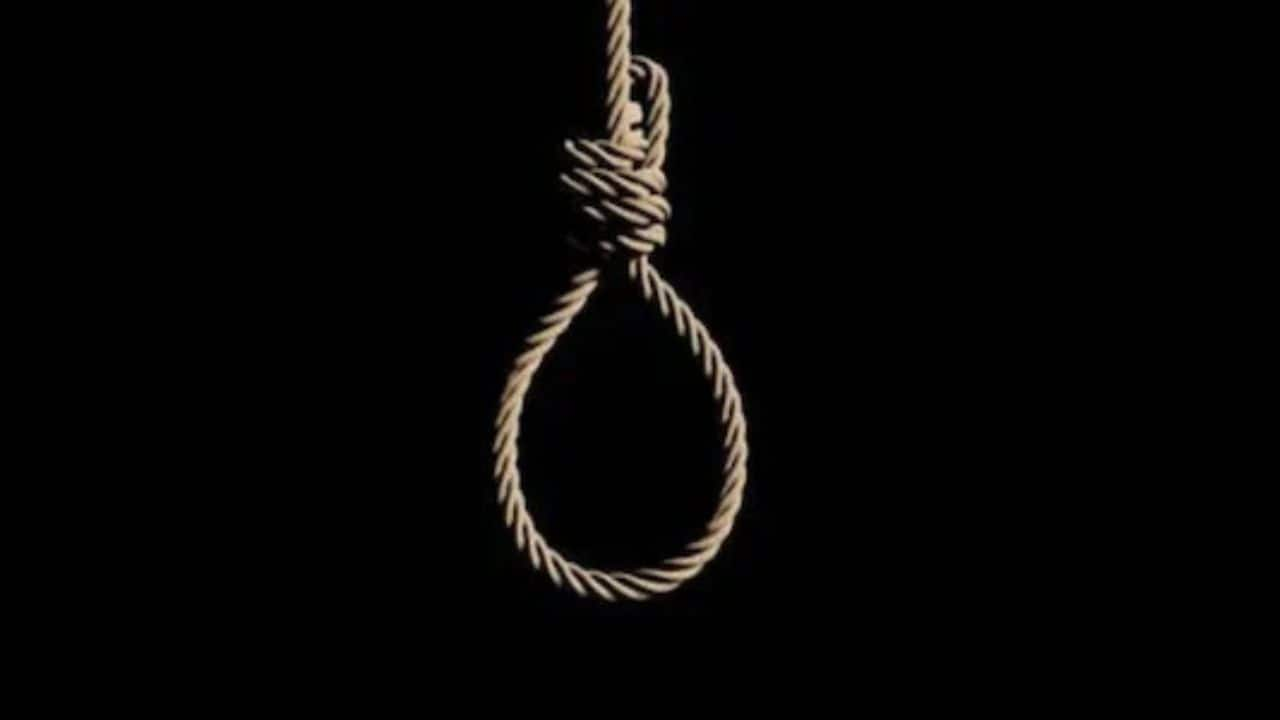 |
|
The city of Kota, Rajasthan, has once again become the tragic focal point of a burgeoning student suicide crisis. Six students have tragically ended their lives in the first 22 days of 2025 alone, highlighting the immense pressure and mental health challenges faced by students striving for success in India's highly competitive educational system. This alarming statistic follows a pattern of similar tragedies in previous years, with the number of student suicides fluctuating but consistently remaining high. The years 2015 through 2022 saw a concerning number of deaths ranging from seven to twenty, underscoring the systemic nature of this issue and the urgent need for comprehensive solutions.
The students who perish in Kota are overwhelmingly aspirants for the highly competitive JEE (Joint Entrance Examination) for admission to prestigious engineering colleges, and the NEET (National Eligibility-cum-Entrance Test) for medical colleges. These exams are considered pivotal to future prospects in India, leading to immense pressure on students who often relocate from across the country to Kota, a city that has become synonymous with intensive coaching institutes. This relocation exacerbates the challenges, separating students from their familial support networks and plunging them into an intensely competitive and often isolating environment. The constant pressure to perform, the fierce competition among peers, and the ever-present fear of failure combine to create a toxic atmosphere that can have devastating consequences for vulnerable young minds.
The recent deaths highlight the insufficiency of existing measures designed to address this crisis. While the Rajasthan government introduced several interventions in 2023—including mandatory screening tests, alphabetical seating arrangements to discourage ranking, and restrictions on admissions to students younger than ninth grade—these efforts have clearly proven inadequate. The continued occurrence of suicides demonstrates a significant gap between policy implementation and its effectiveness in mitigating the underlying causes of the problem. This underscores the need for a more holistic approach that tackles the root causes of student stress rather than simply addressing the symptoms.
A significant contributing factor appears to be the lack of adequate mental health support and resources within the coaching ecosystem. While some institutions may offer counseling services, the sheer volume of students and the intensity of the pressure often overwhelm these systems. Students may be reluctant to seek help due to stigma surrounding mental illness or fear of jeopardizing their academic standing. Moreover, the focus on academic achievement often overshadows the importance of mental wellbeing, creating a culture that inadvertently discourages students from acknowledging and addressing their emotional struggles. The absence of a readily accessible and supportive infrastructure for mental health is a critical flaw in the system.
The absence of suicide notes in many cases further complicates efforts to understand the underlying causes. While police investigations are underway, the lack of direct statements makes it challenging to definitively identify the triggers for each individual tragedy. However, the cumulative effect of intense academic pressure, social isolation, and limited mental health resources undoubtedly contributes to the high rate of suicides. This points to a systemic problem requiring a multifaceted solution that includes not just government intervention, but also significant changes in the culture surrounding educational achievement in India.
Moving forward, a more comprehensive approach is urgently needed. This should involve greater investment in mental health resources within coaching institutes and the wider community. Improved access to counseling services, early intervention programs, and destigmatization campaigns are crucial elements of a comprehensive strategy. Additionally, a broader societal shift is required to prioritize student wellbeing over purely academic results. This would include reforming the examination system to reduce its intensely competitive nature, fostering a culture of support and understanding within educational institutions, and empowering students to prioritize their mental health. The current situation necessitates a collaborative effort involving government agencies, educational institutions, mental health professionals, and families to create a safer and more supportive environment for students pursuing higher education in India. Without a drastic shift in perspective and approach, Kota's tragic legacy of student suicides is likely to continue.
Ultimately, the solution to Kota's student suicide crisis requires a fundamental shift in the way we approach education and student wellbeing. The current system, which places an overwhelming emphasis on academic achievement at the expense of mental health, is clearly unsustainable. Until this systemic failure is addressed, the tragic toll of student suicides in Kota is likely to continue.
Source: Why Rajasthan's Kota is facing a student suicide crisis: Six deaths in the first 22 days of 2025
